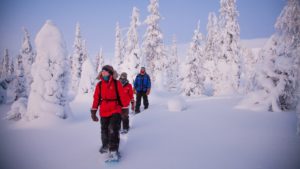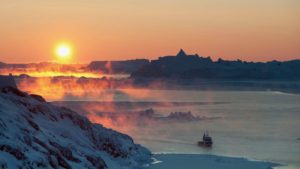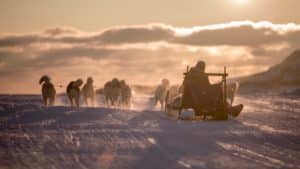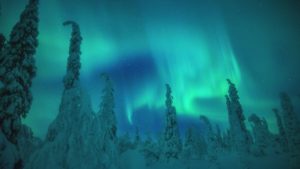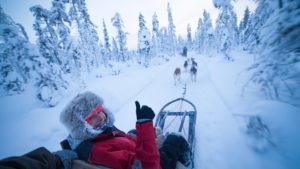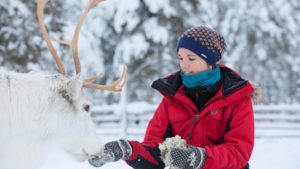NORTHERN LIGHTS – AURORA BOREALIS
The extraordinary phenomenon known as Northern Lights or Aurora Borealis, has been a subject of great mystery and fascination by the people living in the northern and southernmost hemispheres
Here the magnetic force of our planet are at its greatest, and creates this stunning display of solar winds from the sun.
For millenia people of the ancient world have been looking up at the heavens, wondering about this phenomenon, spawning a myriad of myths, legends and fables.
The Vikings in most of Scandinavia (and abroad) believed that the Northern Light were the Armor of Valkyries (The female war goddesses). Among the Sami people of the arctic of the far north of Norway, Finland and Sweden, drums with symbols of Northern Lights have been found. In Greenland the Inuits believed that the Northern Light was in fact souls of the dead. As a means of entertainment they even played ball with the skull of a walrus.
But legend among the Inuit also say that if you whistle toward the heavens while the display of Northern Lights is on, you can contact the dead, and that the lights will take you to them. So perhaps try to save your whistling for the daylight!
Whatever you might believe, the Northern Light is always magical, even for people who have seen it many times before. It is a spectacle to behold!
The Scientific Explanation of Aurora Borealis
Aurora Borealis is the latin name for Northern Lights (Nordlys in Danish) and if you leave the old stories behind for a bit, the “real” explanation is quite a different tale. Northern Lights are what we see of the collision of solar wins, with the magnetic field of Earth. The Solar explosions that form the solar winds, blasts out huge quantities of charged particles from the sun into space. When some of these particles hit the uppermost layer of our atmosphere, they are diverted, or bended off toward the poles, where the magnetic fields are most powerful. The contact releases energy and the Northern Lights are created.
When can I see the Northern Lights?
Northern lights happen all year round, but because of the light of day, they are only really visible to the human eye in the darker months and while the sky is clear. The best period is from September to April, where the crystal clear and dark polar nights are at their height.
It does take some patience to hunt the Northern Lights. A clear sky is not always enough. The magnitude of Northern Light depends on the severity of the solar explosions, and varies a great deal, in both color, form and brightness. Scientist measure Northern Lights on a scale from 1-10. Several weather forecast websites will show you the expected Northern Lights in the next couple of days. You can also download apps to your Iphone, that will help you find the Northern Lights.
Where is the best place to see Northern Lights?
You can experience Northern Lights in all of Greenland, and the further north you travel, the better. The most of our tours go to Kangerlussuaq and Diskobay, which are both located north of the polar circle, and are great places to see Northern Lights. In Kangerlussuaq the climate is that of the arctic inland, and is one of the best places in Greenland to experience Northern Lights, since the weather is so stable.
In fact, the science station “Kellyville” is located in Kangerlussuaq, where they study the upper atmosphere and the Northern Lights.
Get out-of-town, and you will be able to see the Northern Lights even better.
How do I see the Northern Lights?
You can read more about our tours where you can experience Northern Light here. The tours span 4-11 days, and we are often blessed by sightings of Northern Lights. On several of our tours we have specific “Hunts” for Northern Lights. It’s hard to miss when it is on, but an idea is to set your clock, and get up at night, and see if it is on.
There are no guaranties in life, but even if you should miss them on a trip to Greenland, it is always a very special adventure.
How do I photograph Northern Lights?
Taking pictures of Northern Light, is not the easiest thing in the world. But in general you need to have bigger shutter time/lag, to allow for enough light to enter into the camera, while holding it still. Most photos on our website were taken by the one of the best Photographers we know of: Mads Pihl.


